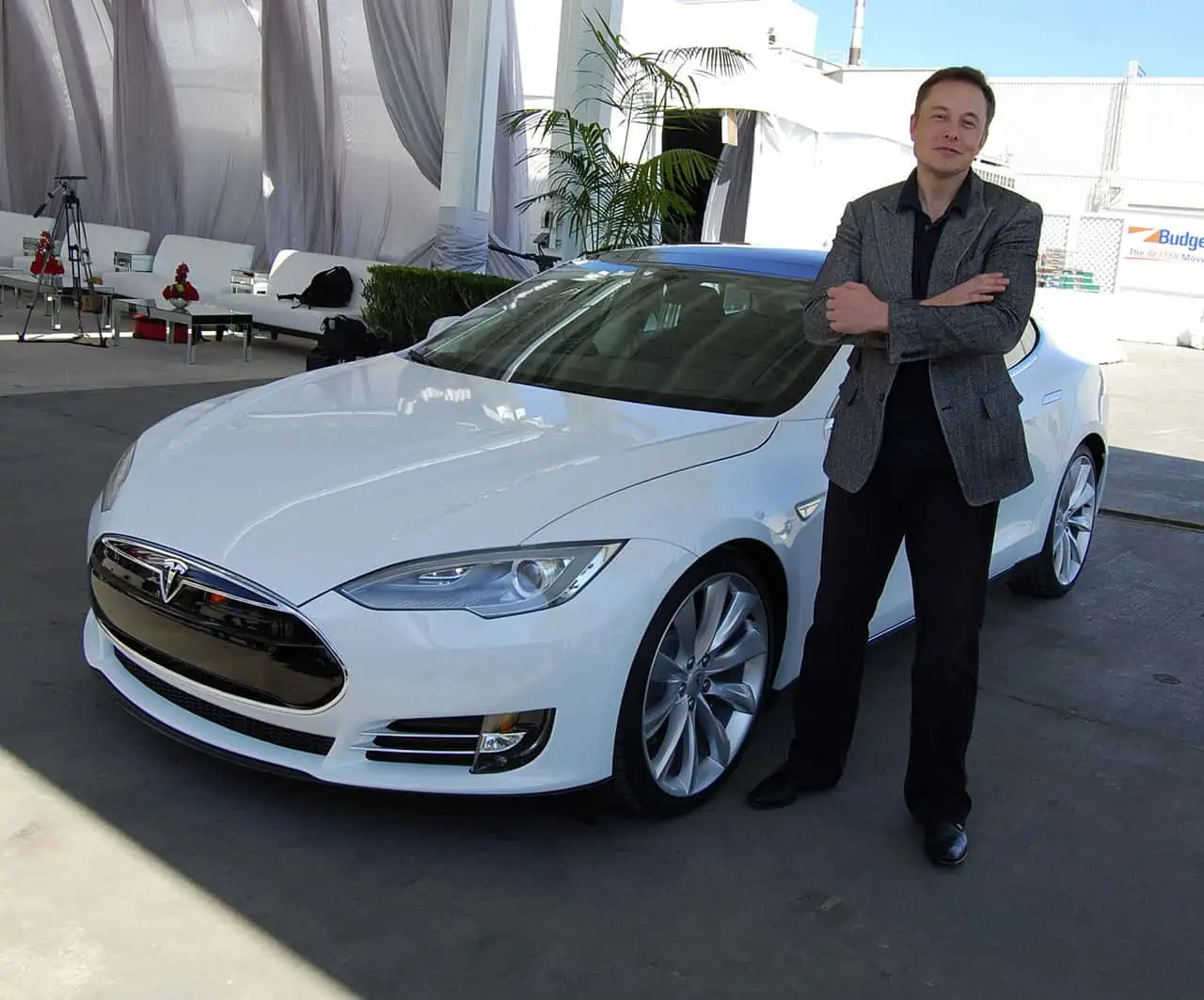The most exciting, science-fiction-like innovation possible in transportation is about to become commercial reality.
According to venturebeat.com, car manufacturers and software companies everywhere are close to releasing driverless cars for the mass market, and many manufacturers have actually begun, releasing car autonomy features in an incremental fashion.
Tesla was the first, with its Summon self-parking feature. It’s so popular among Tesla owners, Mercedes Benz is introducing its own version in its 2017 line-up. The Benz feature will make valet parking a thing of the past. A touch of a smartphone app button will be all it takes to get a car to park itself, and then get back to its owner.
Self-driving and parking apart, though, what do the auto design wizards at the world’s top carmakers have to help you drive better and safer, and have more fun? A number of features are in the pipeline, and will be available in many cars by the year 2020.
Driver override
Override functions are a derivative of vehicle autonomy systems. Override functions are designed look for possible oversights or instances of carelessness, and compensate for driver response inadequacy. For example, when an enabled car senses imminent collision and no action from the driver, it will either steer away or apply brakes on its own. It may be scary to have a car wrench control out of your hands, but it intends safety.
Biometric car controls
Car entry control has evolved from old-fashioned keys to manual remotes and fobless entry. By 2020, most midpriced cars will offer access to drivers through fingerprint scans or retinal scans. The technology has some way to go yet, however. It’s one thing to have it work on a perfectly dry and clean cellphone, and quite another to have it work on a car that could be wet or dirty.
Comprehensive vehicle telematics
Admittedly, telematics is already a part of many cars. Lots of vehicles include onboard data recorders that record the final moments before any crash, and also include anti-theft tracking systems. Other systems offered by insurance providers constantly record and transmit data back to the company to let them judge how safe a driver’s driving style is. Drivers receive custom quotes based on the information collected. At this point, most of these systems are opt-in. In the future, however, these technologies are likely to appear built into every car.
Heads-up displays
Heads-up displays project essential vehicle information right on the windscreen so that you can get what you need without looking away. It’s standard technology on many aircraft, and was promoted on some Cadillac vehicles early in the 90s. Today, it is beginning to slowly turn standard on cars and motorcycle helmets. The BMW E60 has a heads-up display right now, as do the most recent Priuses. Future HUDs will incorporate night vision and other useful applications as well, offering a huge step forward for driver safety.
Driver vitals monitoring
Some higher-end vehicles by European manufacturers already include driver alertness monitoring systems that scan a number of signals to look for signs of driver fatigue. While some manufacturers install software that looks for specific steering patterns, others scan the driver’s eyes. In the future, cars will come with active health monitoring sensors as well, built right into the steering wheel and seatbelt. When the onboard computer senses a health emergency, it may pull the car over and call emergency services.
There will be modular cars
Why should you need to buy different cars depending on what you need to do? What if you could get a minivan, knock off a few components, and turn it into a two-seat convertible? Reconfigurable cars are coming, with Chrysler is taking the lead in the niche.
Finally, there is more exciting driving down the road
The typical sports car needs a V-8 and hundreds of horsepower to make the 200 mph that you would expect of it. In the future, cars are going lightweight, with all-carbon fiber construction. While the material is expensive and exotic today, it will be far more affordable in the future. By 2020, simple, cheap, lightweight, four-cylinder cars should be able to offer supercar-like performance.
There are exciting times ahead for both the casual driver and the automotive enthusiast. The best part is, these innovations aren’t about exclusivity. They are about better driving for all.
Rebecca Brown works in the auto industry, and as a petrol head who usually has her head in a car or tech mag on her lunch breaks (she can’t abide gossip magazines!) she thoroughly enjoys learning about the upcoming innovations in the car industry. She shares her thoughts online via her articles.

